Watch out for the epidemic of AIDS
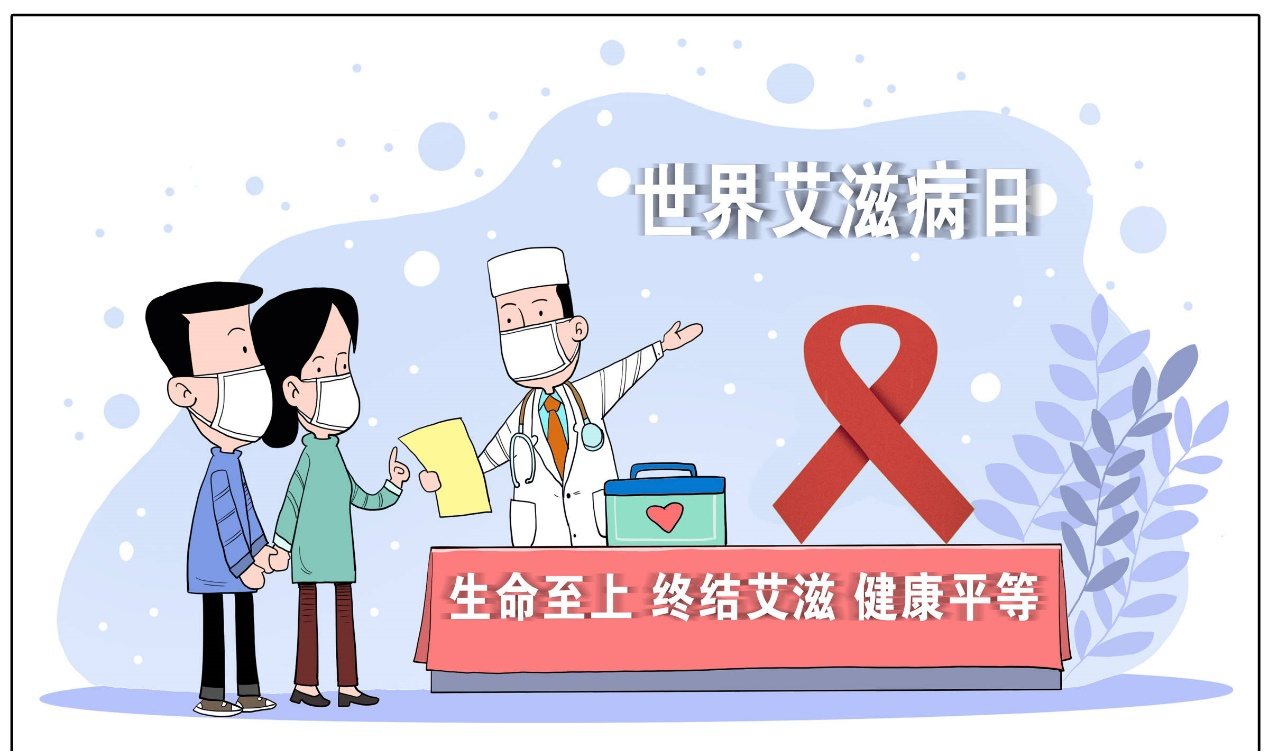
The World Health Organization designated December 1 as World AIDS Day in 1988.
I have received a special patient to do abortion, she is an AIDS patient, after pregnancy through a number of hospitals, were rejected, then came to our hospital. At first, I knew that she was an AIDS patient, and my heart also resisted, but after a deep understanding of the disease, I completed the operation after sufficient protection.
I think a lot of people like me, are the smell of "AIDS" and color change, for this is a horrible, hazy disease, we often associate with prostitution, prostitution, drug abuse, think that these are far away from us, then the disease naturally far away from us. But in fact, HIV has secretly come to us, in addition to the above population flow, but also gradually spread in the general public and even our youth population.
Just talk about a love and have a "sexual relationship", you are infected with HIV, this is not a fantasy, but a real case. Can you imagine that a student with a top score of 623 on the college entrance examination contracted AIDS by having drunk and homosexual sex? Can you imagine that a female college student single-handedly caused 16 men to become infected with HIV?
According to a survey by the Chinese Center for Disease Control and Prevention, 10,700 cases of HIV (human immunodeficiency virus) /AIDS (AIDS) were newly reported among young people aged 15-24 in China in 2022, of which male same-sex transmission accounted for 82.5% and heterosexual transmission accounted for 15.6%.
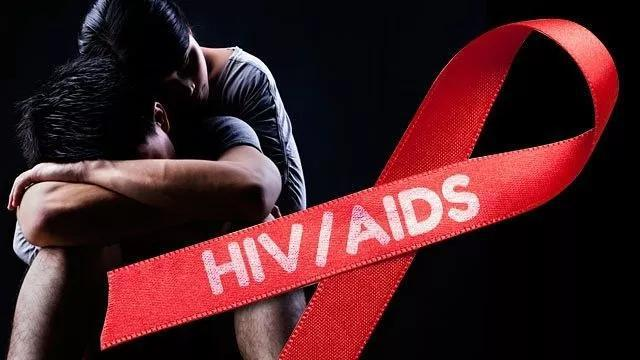
To this end, do we want to formally recognize the AIDS disease? Because only with full understanding can we better protect ourselves and our children. Today is World AIDS Day, let's learn about AIDS.
(A) What is AIDS?
AIDS, also known as acquired immune deficiency syndrome (AIDS), is a disease caused by human infection with HIV virus (human immunodeficiency virus), so that the immune system is attacked, gradually lose immune function, so that various viruses, bacteria, fungi multiply in the human body, resulting in opportunistic infections, and even malignant tumors, and eventually lead to human death.
(2) Where does HIV generally exist?
AIDS infected persons and asymptomatic HIV carriers are the source of infection. HIV virus is generally present in the blood, semen, vaginal secretions, pleural fluid, cerebrospinal fluid, amniotic fluid and milk and other body fluids of infection source.
(3) How is HIV transmitted?
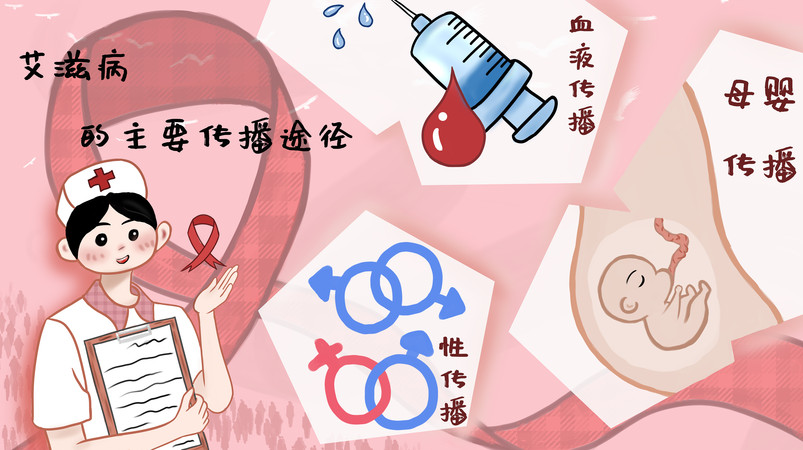
1Blood transmission is the most accurate mode of transmission: such as sharing needles for intravenous drug use, unsafe and standardized interventional medical procedures (such as tattoos, eyebrows, etc.), blood transfusion products. Blood transmission can directly lead to HIV infection, 100% of the time.
2Transmission through sexual contact is the most common and widespread mode of transmission: although the probability of infection is less than 1%, the spread is widespread, and many people are still infected due to sexual behavior. In particular, men who have sex with men are the group with the highest risk of HIV infection, which may be related to unprotected anal sex. Because the anorectal mucosa is a single columnar epithelium, thin and delicate, and there are abundant capillaries under it, anal sex is very easy to cause mucosal damage, resulting in HIV virus directly entering the blood from the damage, causing infection.
3Mother-to-child transmission: The fetus can be infected in the mother, but also by sucking milk and infection.
(4) Infected with AIDS can have what symptoms?
There is a very long process from HIV infection to terminal stage. It is mainly divided into the following stages.
1. Acute phase: Within 6 months of HIV infection, some patients will have fever, sore throat, night sweats, nausea, vomiting, diarrhea, rash, joint pain, lymph node enlargement and other manifestations, not serious, 1-3 weeks can be self-alleviated.
At this point, the blood test can detect HIV RNA and p24 antigen, and the CD4+T lymphocyte count will be temporarily reduced.
2. Asymptomatic phase: After the acute phase enters a very long asymptomatic phase. It is generally 4-8 years, and the length of time is related to the number and type of virus infection, infection route, individual differences in the body's immune status, nutritional conditions and living habits. Note that although this stage is asymptomatic, it is contagious.
3. AIDS phase: With the HIV virus constantly attacking the human immune system, at this time the patient's CD4+T lymphocyte count has been less than 200 / microliter, there will be a variety of opportunistic infections of AIDS.
(5) After sexual behavior found that the other party is AIDS patients or HIV carriers how to do?
This condition, which we call "exposure," recommends taking specific anti-HIV drugs as early as possible (within 2 hours, preferably within 24 hours, and no more than 72 hours) to reduce the risk of HIV infection. It is recommended at 4, 8, 12 weeks after exposure. HIV antibodies were tested after 24 weeks.
(6) How to prevent HIV infection in daily life?
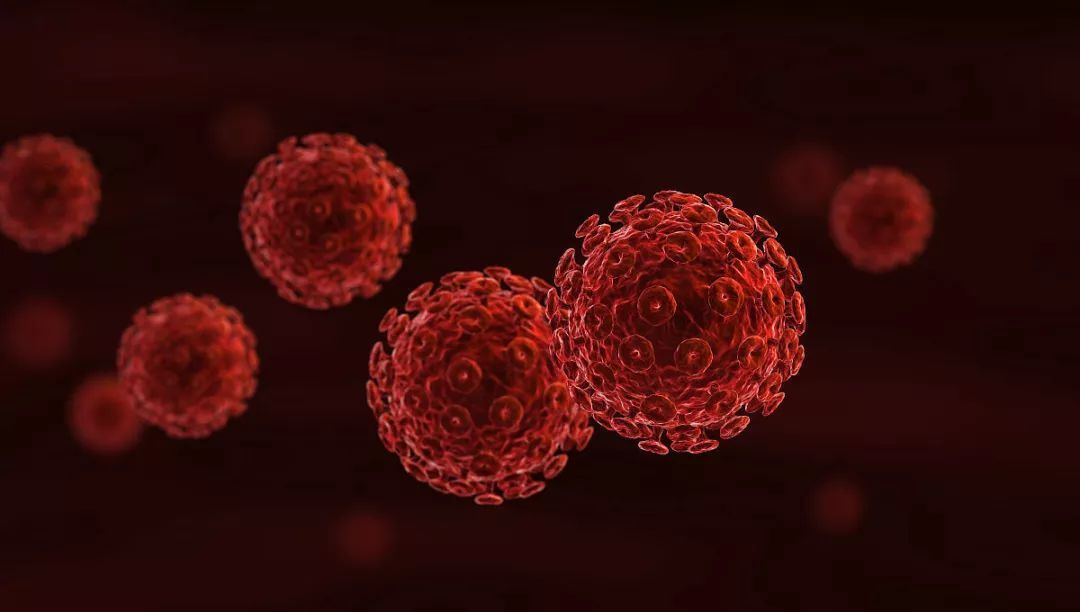
1. Understanding AIDS: understanding the transmission path and harm of AIDS, to avoid high-risk behaviors with HIV-infected people.
2. Adhere to safe sex: eliminate prostitution, prostitution, chaotic sex, the correct use of qualified condoms throughout the whole process. There have been solid studies that show that rational use of condoms can prevent the transmission of HIV.
3. Avoid blood transmission: Avoid sharing syringes, tattoo equipment and other tools with others, and go to regular medical institutions for invasive operations such as tooth extraction, eyebrow tattooing, tattooing, acupuncture and other procedures.
4. Receive health education: schools and families should strengthen health education for adolescents, including sex education, anti-drug education, etc., to improve adolescents' awareness of AIDS and self-protection awareness.
5. Pay attention to mental health: Parents and teachers should pay attention to the mental health of adolescents, provide psychological support and help, and avoid adolescents from taking unsafe behaviors due to psychological problems.
Young people are an important group to prevent AIDS, with AIDS quietly prevalent in the student group, we should strengthen the attention to the children, prevent "AI" in order to build a beautiful youth dream.
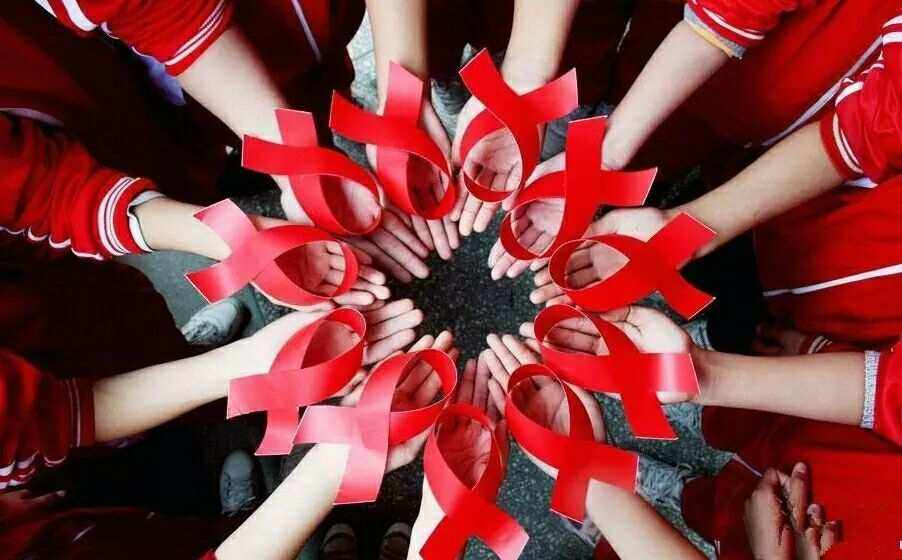
Author: Leng Song, Vice President of Health Management Branch of Chinese Geriatrics Society and director of Health Management Center of the Second Affiliated Hospital of Dalian Medical University

